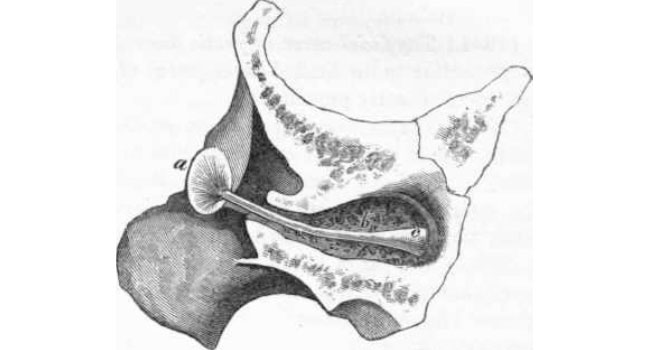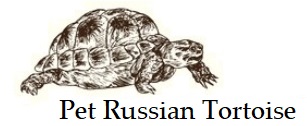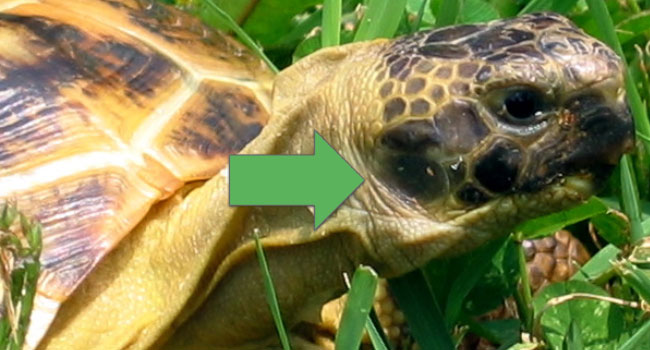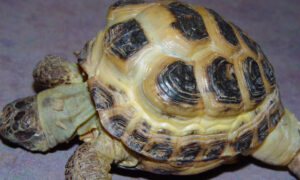Tortoises have ears, an ear canal and the capability to hear or at least sense when something is near. When talking to your tortoise, or calling his name, you may wonder if your tortoise can even hear you. And, there’s actually a lot of debate on whether or not tortoises can hear and if they can how well.
Tortoises hear at a different frequencies and only certain levels of hertz. For perspective, people hear 20 Hertz to 20,000 Hertz. This gives humans a wide range of sounds that they can hear. Whereas tortoises only hear around 1,000 Hertz, a medium-pitch like a horn. Noticeable speech is heard around 2,000 Hertz.
Basically, they can’t hear very well. Tortoises hear lower tones much better than higher pitches.
When your Russian tortoise comes your direction, it’s likely because he senses your vibrations walking into the tortoise pen. The tortoise feels the vibrations from the ground, which go up the legs, to the shell and into the ear drum. Your tortoise then follows the vibrations.
Do Tortoises Have Ears?
Russian tortoises have ears, but their ears are not like a person’s ears or a dog’s. Tortoises have internal ears covered by a scale flap.
The scale flap is behind the eyes and above the jaw, near the back of the head. You may notice a large scale on the sides of your Russian tortoise’s head. These large scales cover the internal ear that goes to the eardrum.

Tortoise Ear Abscess
An ear abscess is the most common type of abscess in tortoises. Depending on the severity of the abscess, a veterinarian may need to surgically remove the abscess. Otherwise, a mild abscess may be treated with antibiotics.
Causes of an ear abscess:
- Compromised immune system
- Stress
- Improper husbandry (too wet, too dry, too cold, too hot)
- Post-hibernation complications
- Viral infection
- Injury
- Nutritional deficiency
- Exposure to chemicals, like pesticides or herbicides
Signs of an ear abscess:
- Swelling near the ear
- Firm lump
- Asymmetric or misshapen appearance to the head
- Head lean
- Refusal to eat
- Behavioral changes
- General signs of illness, like lethargy





